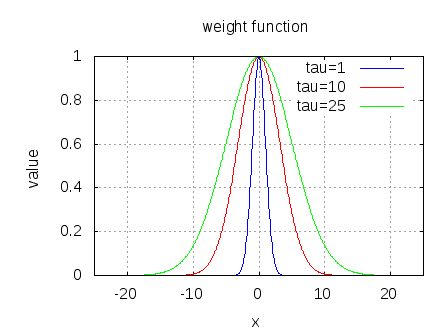
Hamming (7,4) code with hard decision decoding
In previous posts, we have discussed convolutional codes with Viterbi decoding (hard decision, soft decision and with finite traceback). Let us know discuss a block coding scheme where a group of information bits is mapped into coded bits. Such codes are referred to as codes. We will restrict the discussion to Hamming codes, where 4…





